Introduction
Sustainable Development: A Transformative Learning Journey
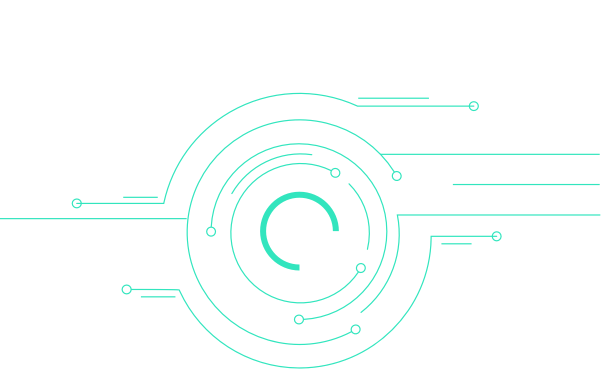
General awareness about phenomena like climate change, plastic soup, deforestation, gender inequality, poverty etc is all around. And people tend to really care. If they could, they would avoid these phenomena. So why are we not avoiding these phenomena?
The system and its complexity
The answer is pretty straightforward and familiar: it’s the system and it has always been the system. The system is why it is almost impossible for the people to change their destiny. The system is strong, complex, everywhere and always moving forward. And the system is just a gear in an endless range of interconnected systems.
Although people cannot control the total complexity of it all, people can influence the outcome or output of some of the systems, favorable or unfavorable. The so called phenomena I started this writing with are all more or less outcomes of the systems we can influence. The most important system we influence is the system called life!
According to Tim Ingold sustainability takes two steps. Understanding the way life works is step 1. Anticipating the way life works in a favorable way is step 2. And both steps are steps we can take, are within our capabilities. All we need to do is learn, learn to anticipate the fundamentals of life.
Therefor together with my dedicated colleagues I created The Sustainability Games.
Please continue reading.
Yours sincerely Thijs Struijk
1. Fundamentals of Life
Diversity, Reciprocity, Temporality
200,000 years of human life should not be underestimated in terms of acquired and internalised general wisdom about life itself. Some say we are all born with that wisdom as if it is embedded in the memory of our DNA, but that we just educate that wisdom away; becoming more stupid down the road. To elevate the ancient wisdom back to today’s daily arena of meaning starts with revaluing the wisdom itself.
Ancient wisdom
To extract these wisdoms, which I believe are embedded in the essence of life and all it's shapes and forms, some Biology and Anthropology beginners courses have to come together. Biodiversity and inclusion, symbiosis and reciprocity and the concept of temporality which is expressed by composition and decomposition in the natural and for example in centralisation and decentralisation in the cultural world.
Diversity
Another example of ancient wisdom which we educated away is the power of diversity. Diversity has been deducted to inefficiency and unpractical. But diversity creates difference and difference is what is needed to create movement and flows of energy and materials. It’s the ultimate source of life’s creativity and ingenuity, it is the principle underlying cooperation in terms of interaction and transaction. No diversity no life
Reciprocity (modes of exchange in cooperation and relationships)
For example, people lifted competition and survival through competition to the highest level of valuation. But if we a take closer look at life we can see that cooperation actually is what life is all about, a cooperation based on the principles of symbiosis between plants, fungee, animals, bacteria and the many more. No cooperation no life.
Temporality
Last but not least is the wisdom that nothing is for ever, that everything is temporary and we will never be sure what’s next on the scale of life and the scale of everything. Temporality is the birth chamber of insecurity and uncertainty. Temporality represents our greatest fears and our greatest reliefs. Temporality represents growth and decline, living and dying. Dealing with temporality is our greatest challenge. No temporality no life.
2. Our Common Future
The Sustainability of Everything
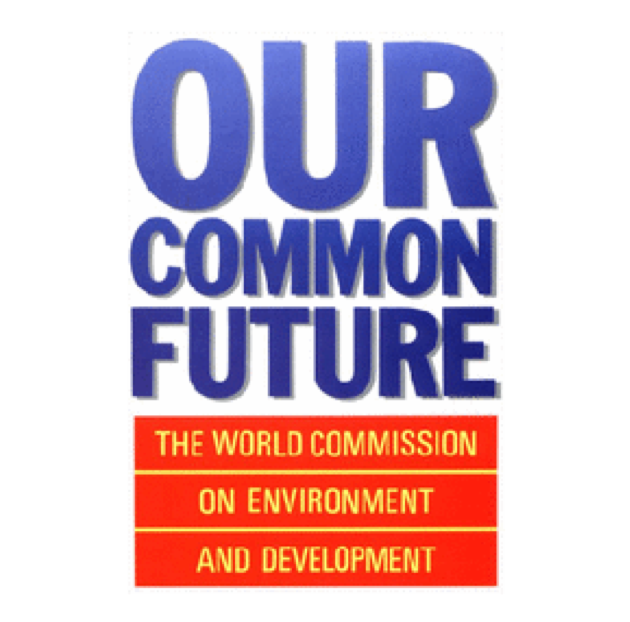
Life is a complex system of systems. Life connects the living with the dead and the non-living based on diversity, reciprocity and temporality. According to the Gaia theory there is only one purpose to life, sustaining and growing life. Sustainable development to us - the people - is about sustaining our lifes and wellbeing. The ancient wisdoms tell us that to sustain ourselves we will have to do our share in sustaining it all. Following Tim Ingold sustainable development is about the sustainability of everything.
The 17 Sustainable Development Goals
Our Common Future a.k.a. The Brundtland report dates back to 1987. It described our world being in peril and in need for sustainable development. Bringing balance between the ecological, the social and the economical. 28 years later, in 2015 the global community agreed upon 17 Sustainable Development Goals to be achieved by 2030. Only 8 years away from now.
The 17 goals are not just 17 seperated goals. The goals interconnected and form a coherent vehicle to sustain our world. The 17 SDGs and the 169 indicators are exhausting in their complexity. This comprehensive systems approach is unmanageable in daily practice but on the other hand it is crucial to our common future to achieve the goals.
The Way Forward
From an anthropological and educational combined perspective, the way forward is pretty straight forward. First it is important to create context in which the goals are relevant to daily life and work. And secondly we have to overcome the complexity by simplifying the journey from awareness to societal impact.
3. Learning Green Skills
Learning to anticipate the Fundamentals of Life is essential to accelerate sustainable development
Learning is about curriculum, the "what" we learn. Awareness, insights, knowledge, skills and values on personal and group level. But learning is also expressing what you consider meaningfull for the future. The latter is the anthropological perspective on learning and shows the power of curriculum - in other words the program to develop knowledge, skills and values - as an expression of importance.
- We have to become aware of the world we live in.
- We have to understand how the world works.
- We have to gain insight and grow our knowledge to transform our societies.
- We have to adopt new skills that stimulate diversity, that balances reciprocity and anticipates temporality (and uncertainty).
- We have to find collective values that enable us to cooperate openly and decisively
Three steps to Learning Green Skills
- express the need for learning green skills
- develop an ambition based curriculum
- organise the formal and informal learning
4. HR & Adoption
HR as the business partner for sustainability and change
HR: Organisational adoption of sustainability
Learning within organisation is considered a task of the HR department. HR follows the business strategy and recruits and develops learning instruments accordingly. In some organisations HR is a real business partner in others it is seen as an administrative unit. In order to adopt sustainability the business should consider it's people - the workforce - as conditional to adopt sustainability into its primary processes. Weather there is a powerful HR department or not. Without engagement, education, activation and ways to improve the learning results sustainability will only be the note on the website.
5 Important steps towards adoption
15 years of research into sustainable learning strategies tells you that there are 5 crucial elements to enable adoption:
1. Leadership that not only reveals the ambition but puts their money where their mouth is. And of course lives up to the standards which it aspires.
2. Engage your workforce with the ambition, co-create and communicate the why, how, what and relevance for daily practice
3. Educate your workforce to enable them to adopt levels of awareness, knowledge, skills, values and attitude
4. Catalogue your initiatives and projects, use them for engagement, education but also enable participation on the project across the organisation
5. Assess and measure learning and activation results, and visualise the fysical impact of the progress you made together
5. Gamified (e-)learning
Gamification adds context and fun to the learning process
In a safe and sound learning environment making mistakes, thinking beyond borders, trial, fun are part of the learning process. Being assessed, being graded, being evaluated with that environment is also part of the learning process. Providing context, recognition and identification improves the learning process even further. Gameplay or gamification of the learning process is an ideal mechanism to provide an optimal learning environment and dito process.
Results count
If people experience that the result counts, they will behave differently. They will turn on modes of panic, anxiety, stress, competition that are not stimulating the right mindset to adopt and anticipate the Fundamentals of Life. The collective results of the learning process count in relation to sustainable development, a safe and sound personal learning process contributes to that.
The result should be a collective mindset that enables mutual beneficial cooperation, embracing diversity and stimulating decentralisation. Oh wait don't be afraid, you are not going to become the communist variant of Ghandi, no no no. You are just going to open up another well of competency to be successful in a sustainable manner and achieve the 17 Sustainable Development Goals
Bring game to the game
This is what would help the cultural and competency adoption of sustainable development through the use of gameplay (oeh!)
- Award personal and collective achievements
- Create an experience of personal and collective progress
- Play and break with taboes in a safe environment
- Provide recognisable and identifiable context to the learning environment
- Provide modes of cooperation and be mindful with modes of competition
- Connect the learnings process to real life assignments
- Adapt the learning process to personal capabilities
- Make results visual and visable
- Communicate about the real life impact to prive an extra sense of meaning to the learning process
6. Framework & Features
The Sustainability Games framework designed to enable green skills
The preceding 5 chapters of this whitepaper are grounded in 15 years of both qualitative and quantitative research and anthropological fieldwork. These 15 years are culminating in The Sustainability Games (TSG) framework, a codebased framework that enables organisational adoption of sustainable development. It features a competency framework, SDG measurement, a knowledge database, representation of organisational culture and storytelling. All this content power is released through gameplay and subsequently the aggregation of play data.
Gamified Benchmark to measure capabilities
The Sustainability Games essentially gives you insight in where you are related to the 17 SDG's, both individually and collectively. The 5 phases of growth (see image) reflect the available capabilities to realise sustainable impact. This five phase model has also been used in the Auditing Instrument for Sustainability in Higher Education (AISHE) in which it has proven to be usefull to measure sustainable development.
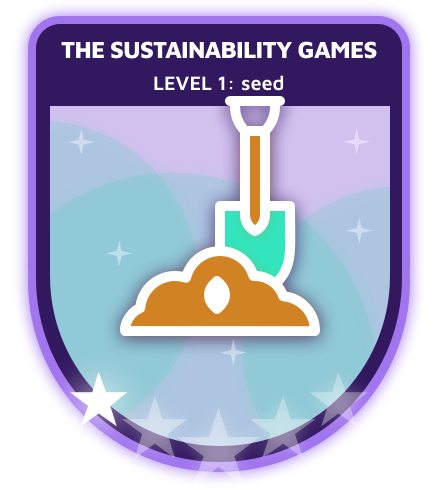
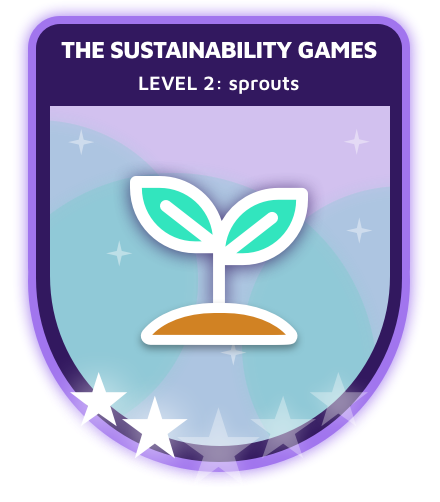
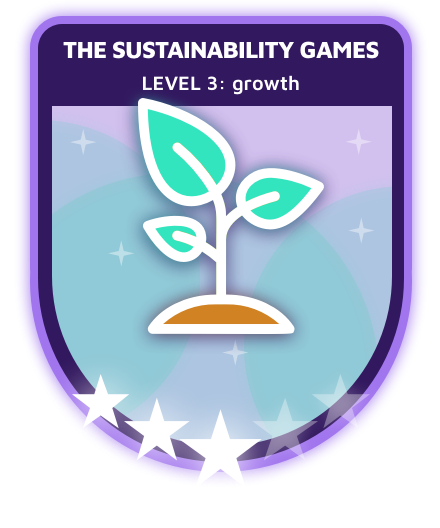
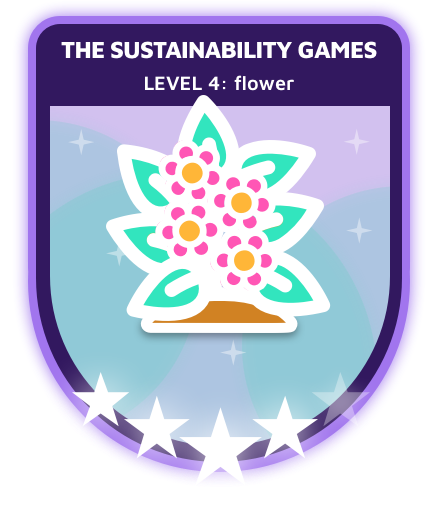
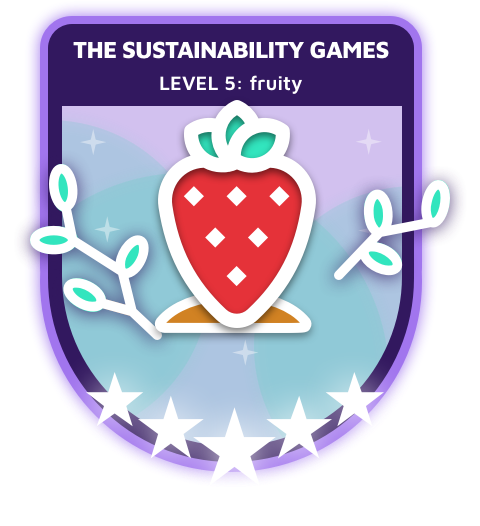
The Sustainability Games transformed the five phase model into a gamified benchmark in analogy of natural growth. To meaure a position on the benchmark TSG harnessed the underlying UNECE Competency Matrix for Sustainable Development*
Competency blocks based on the UNECE Competency Matrix for Sustainable Development
The UNECE matrix combines the following competency aspect on one axis: awareness, knowledge, skills, values, cooperation - with temporal aspects: past, present and future on the other axis. The Sustainability Games framework developed configurable competency blocks based on this matrix. Within these block one is able to choose between a wide selection of interaction types to create e-learning content.
Toolbox table

NOTE: Interaction Types are touchscreen friendly as swipe, drag, tap, drop, grap, zoom and type are the ways to answer questions, give your opinion, record activity and realise sustainable impact.
E-learning content and Measuring SDGs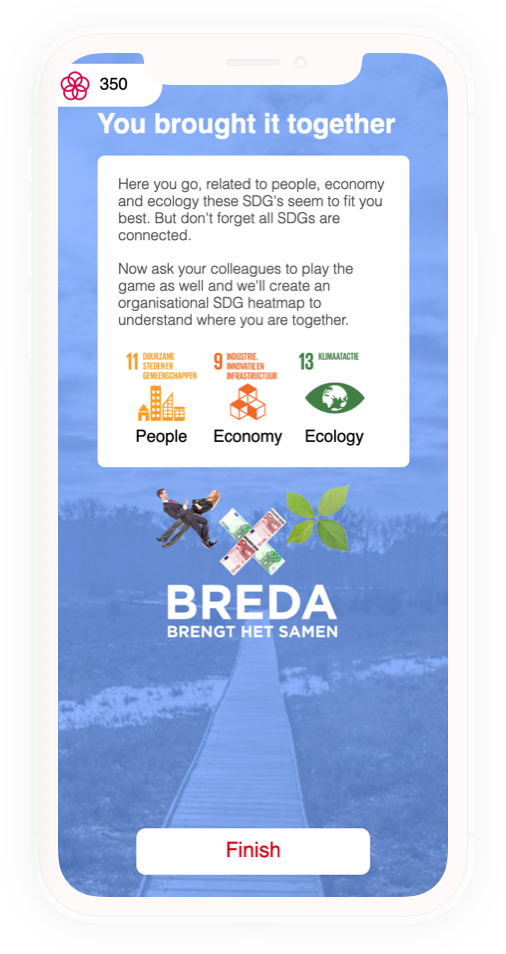
Within the competency blocks e-learning content is created in rounds. A round is composed of introductory content (like video), explanatory content, quests or questions and feedback. Each question can be labeled to one or more SDGs. This way all the answers that a player gives can be related to awareness, knowledge, skills and values concerning the SDGs.
This way The Sustainability Games not only provides a Gamified Benchmark to visualise the capability to realise SDG related impact, it also provides SDG scorecards from individual to organisational levels.
5 minute games, weekly programs and yearly performance measurement
So games are made of blocks and blocks made up of rounds. This way you can create games with only 1 question or games consisting of several blocks, many rounds and unlimited questions.
Another great feature to engage and educate a workforce is the challenge builder. This way you can connect several games into a program of several weeks or even a year. Starting The Sustainability Games with a baseline measurement helps to measure progress and develop the rights games and programs.
Standard templates for games and programs are:
- Inspirators - Awareness and insights in 5 - 15 minute games
- Boosters and Super Boosters - Awareness, Knowledge and Practice in multi-day challenge
- Educators - Awareness, Knowledge, Skills, Values and Practice in multi-week programs
- Activators - An Impact Battle to safe as much energy, materials and water in a week
- Escaperoom - Connected and dependent games to solve a problem (alert: untested concept)
Modes of play
The framework offers Single play, Team play and Live play. The Tac-Tic-Talk mode of play stimulates the highest level of group interaction, where each question has a direct feedback moment and offers the option of team battles.
Other features
Off-the-shelf Minigames
Easy Game Creator
Central Question Database
Custom Game Designer
Data Dashboards
Organisational Heatmaps
Platform Community
Platform Notifications
Social Media Sharing
7. Competency Gaps
Assessing green skills and measuring competency and capability
Being capable to anticipate the Fundamentals of Life is what sustainable development is really about, collectively capable that is. And capability is measurable through competency. The Sustainability Games framework measures collective strenghts, weaknesses and gaps.
Competency Heatmaps
The Sustainability Games framework offers valuebale insights about a workforce through the use of heatmaps. Our algorythm combines the variables about age, gender, business unit and other variables with the competency matrix and the questions to deliver high detailed data aggregations.
Heatmaps reveil to you:
- where your organisation is and where it is going
- your talent pools
- strenghts and weaknesses per group (e.a. young women from the sales department)
- what to anticipate to improve
8. Achieving the 17 SDG's
This whitepaper started with a brief description of The Fundamentals of Life: Diversity, Reciprocity and Temporality. We should try to anticipate these three ancient wisdoms in order to achieve the 17 interconnected Sustainable Development Goals and sustain our common future. I also pointed out that the SDGs are exhausting in their complexity and hardly manageable in daily practice. To achieve the goals I introduced two solutions:
- Three BigTopics (Inclusion, Circular Economy and Digitisation) to simplify and contextualise the SDGs
- The Sustainability Games: A manageable and measurable approach to engage, educate and activate any workforce on the BigTopics
Sustainable Development and our common future
Essentially sustainable development is about the sustainability of everything. Everything is connected in a complex of interacting systems called life. The 17 Sustainable Developments Goals - an accomplishment by the global community which should be appreciated as such - try to address this complexity. That makes them comprehensive and powerful but unmanageable and unpractical at the same time.
The Fundamentals of Life and the BigTopics
We should not forget that the SDGs are goals and they don't necessarily include the ways to achieve them. Achieving them is a matter of developing the capabilities to anticipate the way life works in a sustainable manner. I described how life works based on the The Fundamentals of Life. Life is about diversification (diversity) and absorbing the difference (reciprocity) to compose and decompose over and over again (temporality).
Anticipating these fundamentals might still sound a bit unpractical. So I tried to translate their principles to actual, practical and appealing topics: Diversity & Inclusion, Circular Economy and Decentralised Digitisation. And the beautiful bonus of this synthesis is that the Fundamentals of Life also form the connection between the SDG's and the three BigTopics.
Learn to anticipate: competency ànd culture
Anticpating is something that comes spontaneously, but can also be learned. Becoming consciously capable. Engage, educate and apply. Learn and practice. Fail, adjust and Improve. Plan-do-check-act. It's all learning. And what you learn is not only acquiring knowledge and skills, it also is a cultural way of saying: "This way, let us sustain our common future collectively." So just learn to apply the big topics on a sustainable manner and you will achieve the 17 Sustainable Development Goals.
Gamified Benchmark: to measure progress
The Sustainability Games framework supports the cultural and competency adoption of sustainability (big topics en sdgs) in your organisation. Developing the anticipation capability of the organisation is a also measurable journey. The Sustainability Games incorporates a benchmark that matches capability with impact.
Capability is the best indicator of the ability (of human capital) to achieve the 17 Sustainable Development Goals.

